#wildlife: north america
Text

A young American alligator (Alligator mississippiensis) rides on the back of its mother in Brazos Bend State Park, Texas, USA
by Rick Dunlap
#american alligator#alligators#crocodilians#reptiles#alligator mississippiensis#alligator#alligatoridae#crocodilia#reptilia#chordata#wildlife: texas#wildlife: usa#wildlife: north america
25K notes
·
View notes
Text

Campfire Scene by Norton Bush
#norton bush#art#campfire#wildlife#landscape#nature#fire#forest#woods#moonlight#moonlit#night#evening#clouds#sky#trees#america#north america#american
3K notes
·
View notes
Text

Northern Flicker
#ontario#nature#original photographers#nature photography#beautiful#walking in nature#bird photography#birding#birdblr#birds of north america#bird#birds#backyard birds#birdwatching#bird art#wildlife#woodpecker#northern flicker#birbs#birblr#birb art#birbs of tumblr#art#artwork#nature photo art#artists on tumblr#my art#photograph#photography#my photos
591 notes
·
View notes
Text
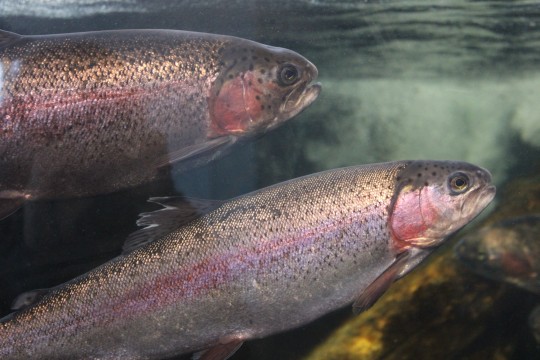
Rainbow trout, Oncorhynchus mykiss, at Monterey Bay aquarium
#fish#rainbow trout#monterey bay aquarium#monterey bay#aquarium#aquariums#nature#wildlife#nature photography#naturalist#mine#photography#ecology#north america#animals#wildlife biology#ichthyology#biology#wildlife biologist#ecologist#biologist#fishes
873 notes
·
View notes
Text
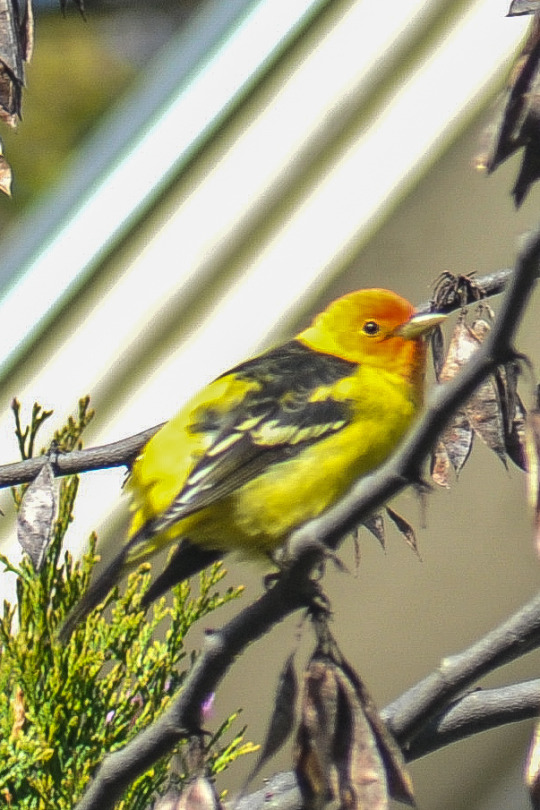


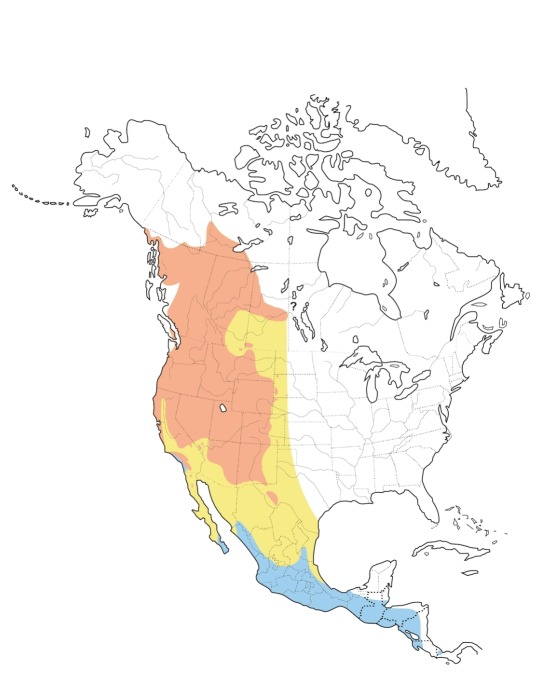
Well this was an unexpected visitor to the state of Michigan! Western Tananger
#nature#wildlife#birding#birds#environment#hobby#wildlife photography#birblife#wildlifelovers#birds of north america#bird#birblr#bird photography#rare bird#rare#birbs of tumblr#birdwatching
500 notes
·
View notes
Text
Y'all know I'm a sucker for endangered species reintroduction stories, right? Especially when it's not a charismatic megafauna being highlighted. So of course I was excited when this headline crossed my dash.
The magnificent ramshorn (what a great name!), also known as Planorbella magnifica, is a tiny snail endemic to ponds and other quiet waterways in North Carolina's lower Cape Fear River basin. In fact, they were only known from four sites in the region. Due to plummeting numbers in its limited habitat, some of the last of these snails were removed from the wild to create an intensive captive breeding program. (It really doesn't take much to keep a snail happy in captivity once you figure out what conditions it needs.) The last wild individual was observed twenty years ago, and it is considered to be extinct in the wild.
That is, until now. Two thousand of these little reddish snails were released into a safe pond in Brunswick County. Researchers are using this as a way to observe how well these captive-bred snails adapt to their historic habitat, including successful reproduction. If all goes well, we can hope to see more reintroductions of these native mollusks back into their original range.
We nature nerds are biased, because we think everything in nature is awesome (yes, I'm even an apologist for mosquitoes!) So of course we get excited when a bunch of rare little snails get a second chance, because we understand how crucial each species is to its ecosystem. It can be tougher sometimes to sell the importance of this to the general public, who may question why it would be such a big deal for one snail species to go extinct. That's why I think it's so important for us to keep sharing our knowledge and--perhaps even more importantly--our enthusiasm for all these amazing beings. Keep being cheerleaders for critters like these snails, and your enthusiasm may end up being contagious!
#snails#ramshorn snails#magnificent ramshorn#molluscs#mollusks#gastropods#wildlife#animals#endangered species#habitat restoration#extinction#environment#conservation#nature#ecology#science#scicomm#North America
406 notes
·
View notes
Text
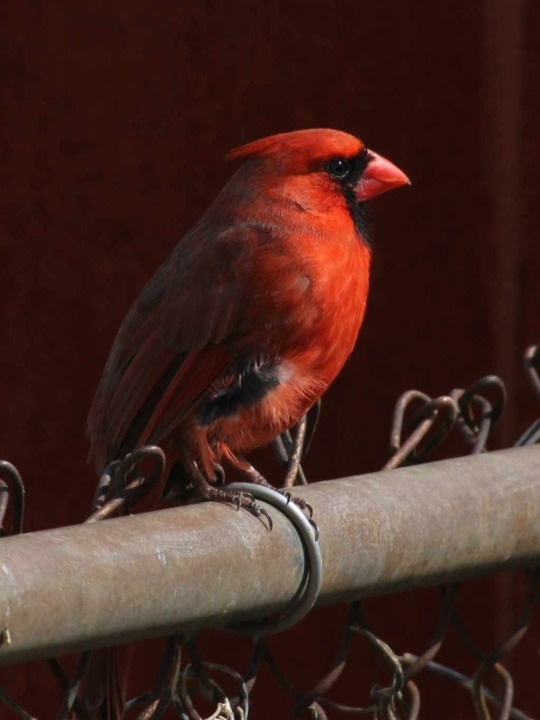
Northern Cardinal
Cardinalis cardinalis
Male
Shining in all his glory.
March 17th, 2024
Jefferson County, Missouri, USA
Olivia R. Myers
@oliviarosaline
#birds#birding#birdwatching#bird watching#cardinal#cardinals#northern cardinal#backyard#backyard birds#Missouri#birds of Missouri#the ozarks#ozarks#avian#bird photography#Cardinalis cardinalis#Cardinalis#wild birds#birdcore#red bird#red birds#bird art#birbs#birds of tumblr#nature#naturecore#wildlife#wildlife photography#st. louis#birds of north america
251 notes
·
View notes
Text
Isn't it so funny
how certain sounds make you feel in a certain way? Stepping outside right now does that, the Grackles and Redwinged Blackbirds are putting it all out there, and it makes me feel like spring. And when the landscape is barren, what better is there to look at the glorious, gorgeous Grackles? There are the blue variety as well as the purple one. Returners are Count Jr. with the white spot as well as “Kermit” with the odd eye. I hope you all had a wonderful World Wildlife Day!
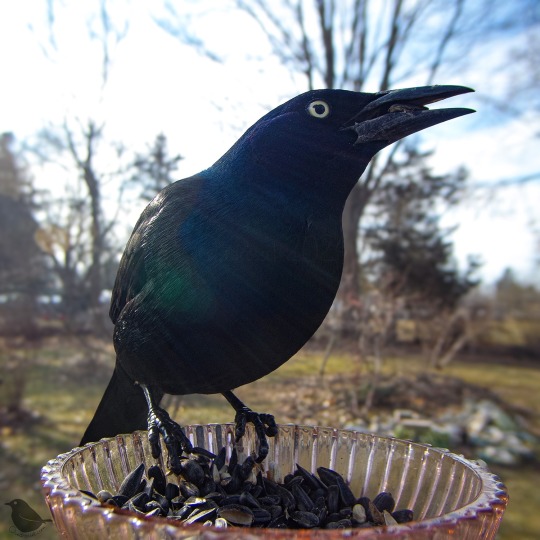



#birds#backyard birds#Common Grackle#Count Grackula#World Wildlife Day#birds of Michigan#birds of north america#birdwatching#birdlovers#nature#Ostdrossel#signs of spring#birdphotography
235 notes
·
View notes
Text
A Moment with Nature: The Carolina Chickadee
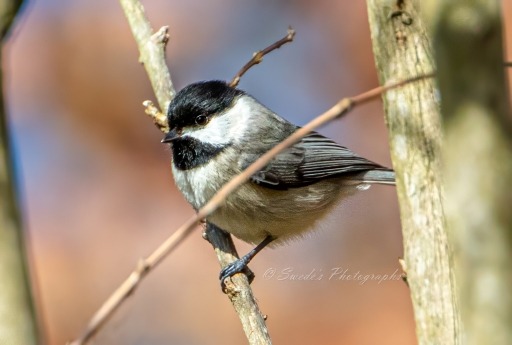
“Amidst the delicate branches, the Carolina Chickadee (Poecile carolinensis) perches gracefully, its feathers catching the soft sunlight. A moment frozen in time, where nature’s secrets are shared through subtle melodies.” - Copilot with edits
You know, the photographs that I post here are not quite a vivid as the same photographs that I post at my pixel's gallery, because here, I reduce the size of the photos and usually make a slight reduction in the quality of the photos to make them easier to load.
Take a look:
https://swede1952-photographs.pixels.com
@birdcounter
#photo#photography#photographer#photographylovers#wildlife#nature#birds#birdwatching#birdsphotography#birds of north america#birdlovers#birdphotography#carolina chickadee#birbs#bird#bird watching#birding#birdingphotography#birds nature#backyard birds
181 notes
·
View notes
Text
Unexpected 🙂
More like this
#bird#cute animals#birds of tumblr#cute#unexpected#pets#wildlife#nasa#birds of north america#birds nature#animals#amimals of#animals of tumblr#animal videos
126 notes
·
View notes
Text

A pair of polar bears (Ursus maritimus) in Manitoba, Canada.
by Sean Crane
#polar bear#bears#ursus maritimus#ursus#ursidae#carnivora#mammalia#chordata#wildlife: canada#wildlife: north america
12K notes
·
View notes
Text

Wolves Keep Brain Worm–Spreading Deer Away From Moose Populations in Minnesota
Wildlife managers now face the challenge of creating conservation plans for all three species while maintaining balance between predator and prey animals
In Minnesota, moose used to roam the boreal forests by the thousands. The population had 8,800 individuals in 2006, and since then, numbers in the northeastern part of the state alone have fallen by 64 percent, reports Liz Scheltens for Vox.
Warmer, shorter winters, tick infestations, liver issues, wolves, and parasites all contribute to declines in remnant Minnesota moose populations, reports Dennis Anderson for the Star Tribune.
However, the biggest threat may be migrating white-tailed deer. As deer entered moose habitats, they brought brainworm, a fatal parasite to moose. While harmless to white-tailed deer, the parasite (Parelaphostrongylus tenuis) causes disorientation, extreme weakness, and the inability to stand in moose.
It may be a critical factor as to why Minnesota's northern moose populations have declined significantly...
Read more:
https://www.smithsonianmag.com/smart-news/plummeting-minnesota-moose-populations-may-recover-with-help-from-wolves-180979484
#moose#ecology#climate#climate science#parasites#ungulate#mammal#animals#nature#north america#wildlife science#science
247 notes
·
View notes
Text
The winning name, unveiled Thursday, is O:shad Ñu:kudam, which means “jaguar protector” in the O’odham language.
It’s pronounced OH-shahd NOO-KOO-dum, but you can call the cat OH-shahd for short.
“The return of jaguars to our land is a source of immense pride and profound hope,” said Austin Nunez, chairman of the tribe’s San Xavier District, in a written statement.
“Since time immemorial, the Tohono O’odham have shared our homelands with the jaguar. We are committed to working to ensure a safe and thriving future for O:shad and one day hope to see the return of a breeding population of jaguars to this region.”
54 notes
·
View notes
Text

Tree Swallow
#ontario#walking in nature#bird photography#birdblr#birding#birds of north america#beautiful#nature#original photographers#nature photography#bird#backyard birds#birds#birdwatching#bird art#birbs#birb art#birblr#birbs of tumblr#cute birbs#blue#tree swallow#swallow bird#swallow#wildlife photography#wildlife#wild animals#animal photography#photograph#photography
275 notes
·
View notes
Text

Spiny softshell turtles (Apalone spinifera) along the river 5/22/24
#turtles#turtle#mine#reptile#reptiles#herpetology#herpetofauna#nature#wildlife#naturalist#nature photography#photography#ecology#north america#animals#ecologist#wildlife biology#wildlife biologist#wildlife photography#original photography#original photographers#herps
262 notes
·
View notes
Text
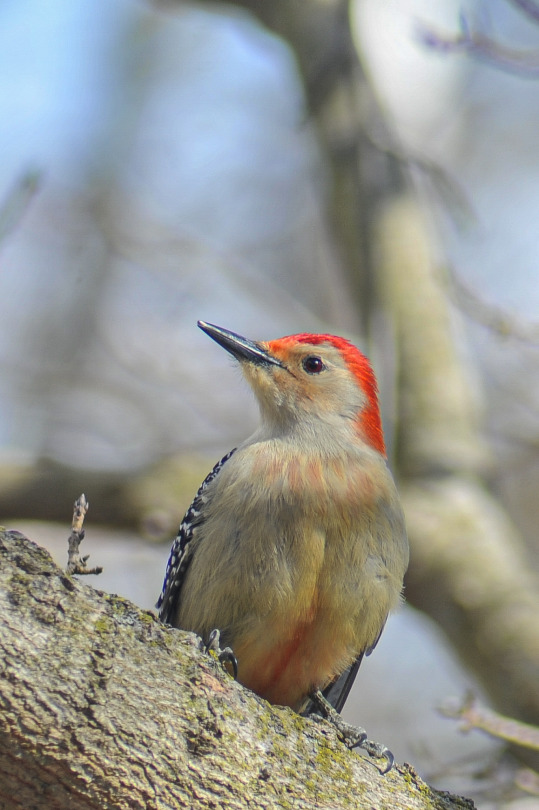
The Red Bellied Woodpecker showing why they have that namesake😊
#nature#wildlife#birding#birds#hobby#adventure#wildlife photography#birblife#wildlifelovers#woodpecker#birdlovers#birblr#birds of north america#bird#bird photography#birdwatching#birbs of tumblr
365 notes
·
View notes